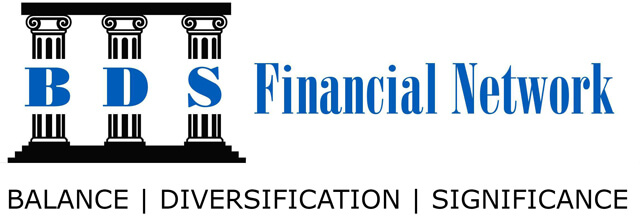The Public Service Loan Forgiveness Program (PSLFP) began in 2007 with a simple idea: provide debt relief to borrowers in critical but often low-paying careers after they make 10 years of timely student loan repayments. The U.S. Department of Education cited law enforcement and emergency management personnel, public school teachers, and legal aid attorneys as examples of those who would be eligible for the PSLFP. Sounds great, right? But in spring 2017, many individuals who chose public service and nonprofit careers learned that their federal student loans may not qualify for the PSLFP after all. Here, we’ll take a deeper dive into the qualifications for this program, plus new developments that may bring welcome relief to some borrowers.
Qualification criteria
To qualify for the PSLFP, a student loan must meet four criteria:
- The loan must be a Direct loan.
- The repayments must be on time and for the specified amount.
- The repayment plan must be income based.
- The borrower must be employed at least 30 hours per week by a government entity or a nonprofit organization.
Running afoul of any of these criteria will disqualify a borrower from the PSLFP.
What’s the confusion?
There are several causes for the confusion surrounding the PSLFP. Many borrowers did not understand that Perkins, Stafford, and Federal Family Education loans are not Direct loans. Others unwittingly repaid more than the required amount and then discovered that excess payments actually disqualified the payment for PSLFP. Some borrowers were not told that they didn’t have an income-based repayment plan, which is a plan that caps the repayment amount at a certain percentage of the borrower’s income (e.g., Revised Pay As You Earn, Pay As You Earn, Income-Based, and Income-Contingent). Still other borrowers, especially those working for nonprofit organizations, submitted employer certification forms each year only to be told later that their employment was not eligible for the PSLFP.
The complicated details and absolute rules are especially difficult for borrowers who received erroneous information from a third-party student loan servicer. Common circumstances involve this sequence of events: A borrower regularly contacts the loan servicer; the loan servicer confirms that the borrower’s repayment plan qualifies for the PSLFP; the loan servicer subsequently informs the borrower that his or her payment did not qualify for the PSLFP.
Relief in sight?
Potential relief may come from a somewhat unexpected source: the $1.3 trillion omnibus spending bill signed by President Trump in March 2018. The bill includes a $350 million fund that will give borrowers in a repayment plan that is not income based a chance to get retroactive credit for their payments. Let’s take a look at the details.
First, borrowers must make the full 10 years of repayments before they can apply for loan forgiveness. Second, the fund provides relief only if a payment was disqualified because the borrower did not have an income-based repayment plan. This means that the borrowers with the wrong type of loan or in the wrong kind of employment cannot seek relief from the fund. Also, a payment in excess of the scheduled amount will be disqualified even it is made in an income-based repayment plan. Third, although $350 million is a substantial sum, the fund is finite and will provide relief on a first-come, first-served basis. Once the fund is depleted, it will not be replenished unless Congress makes an additional appropriation.
U.S. Department of Education guidance?
Adding to this confusion and uncertainty is the lack of guidance from the U.S. Department of Education about how the fund will work. To date, the department has not provided any information about how to apply for loan forgiveness and to receive relief via the new fund. As of this writing, the Federal Student Aid website features the following message:
Alert! The Consolidated Appropriations Act, 2018 provided limited, additional conditions under which a borrower may become eligible for loan forgiveness if some or all of the payments made by the borrower do not qualify under current requirements for Public Service Loan Forgiveness (PSLF). The U.S. Department of Education is assessing the newly enacted law and will explain the new forgiveness conditions to customers on this page as soon as more details are available. We encourage you to check back periodically.
Educate yourself!
Until the U.S. Department of Education establishes guidelines for the fund, those in public service careers should monitor the status of their loans and payments. In addition, make certain that your loan meets the qualification criteria and that you have an income-based repayment plan. It’s also best practice to contact your loan servicer frequently to confirm that your monthly payments qualify for the PSLFP. Finally, if you ever receive information you believe is incorrect or inconsistent, don’t hesitate to seek assistance from your Congressional representatives and senators.
© 2018 Commonwealth Financial Network®
